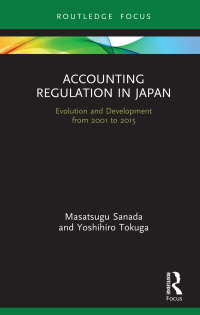

Assume that your company owns a subsidiary operating in Australia. The subsidiary has adopted the Australian Dollar (AUD) as its functional currency. Your parent company operates this subsidiary like a division or a branch office, making all of its operating decisions, including pricing of its products. You conclude, therefore, that the functional currency of this subsidiary is the $US and that its financial statements must be remeasured using the temporal method prior to consolidation. The subsidiary's financial statements (in AUD) for the most recent year follow in part a. below: The relevant exchange rates for the $US value of the Australian Dollar (AUD) are as follows: BOY rate $0.78 EOY rate $0.95 Avg. rate $0.85 Dividend rate $0.94 Historical rates Beginning inventory Land $0.62 Building $0.63 Equipment Historical rate (common stock and APIC) $0.50 $0.78 $0.64 For parts a. and b. below, use a negative sign with answers to indicate a reduction. a. Remeasure the subsidiary's income statement, statement of retained earnings, and balance sheet into $US using the temporal method for the current year (assume that the BOY Retained Earnings is $1,083,724). Round all answers in the "In US Dollars" column to the nearest dollar. a. Remeasure the subsidiary's income statement, statement of retained earnings, and balance sheet into $US using the temporal method for the current year (assume that the BOY Retained Earnings is $1,083,724). Round all answers in the "In US Dollars" column to the nearest dollar. Romeasure In (in AUD) Rats US Dollars Beginning inventory $745,000 $ Purchases 1.949.000 Ending inventory 1894,000) Cost of goods sold $1,800,000 $ $ Land $653.600 S Building 1,200,000 Accum.deprec-building (600,000) Equipment 800,000 Accum.deprec-equipment (400,000) Property, plant and equipment (PPE). net $1,653,600 s Depreciation expense-building $60.000 s Depreciation expense-equipment 90,000 Depreciation expense $ 140,000 $ Income statement: Sales 53.000.000 S Cost of goods sold (1.800,00D) Gross profit 1.200.000 Operating expenses (640,000) Deprecation (140,000) $420,000 $ S Net income Statement of retained earnings BOY retained earnings Net income Dividends Ending retained earnings Balance sheet: $1.575.000 420,000 (42.000) $1,953,000 $ S $ Cash $853,000 Accounts receivable 696,000 Inventory 894.000 Property, plant, and equipment (PPE) net 1,652,600 Total assets $4,097,400 Liabilities and stockholders' equity Current liabilities S506.800 Long term liabilities 1,185,000 Common stock 200.000 APIC 250,000 Retained earnings 1.953,000 Total liabilities and equity 54,097,400 S b. A Compute the remeasurement gain or loss directly assuming BOY net monetary assets of (513,600), a net monetary liability. Round all answers to the nearest dollar Change in net monetary assets: Chg net monetary assets x (COY.Avg exchange rate)








